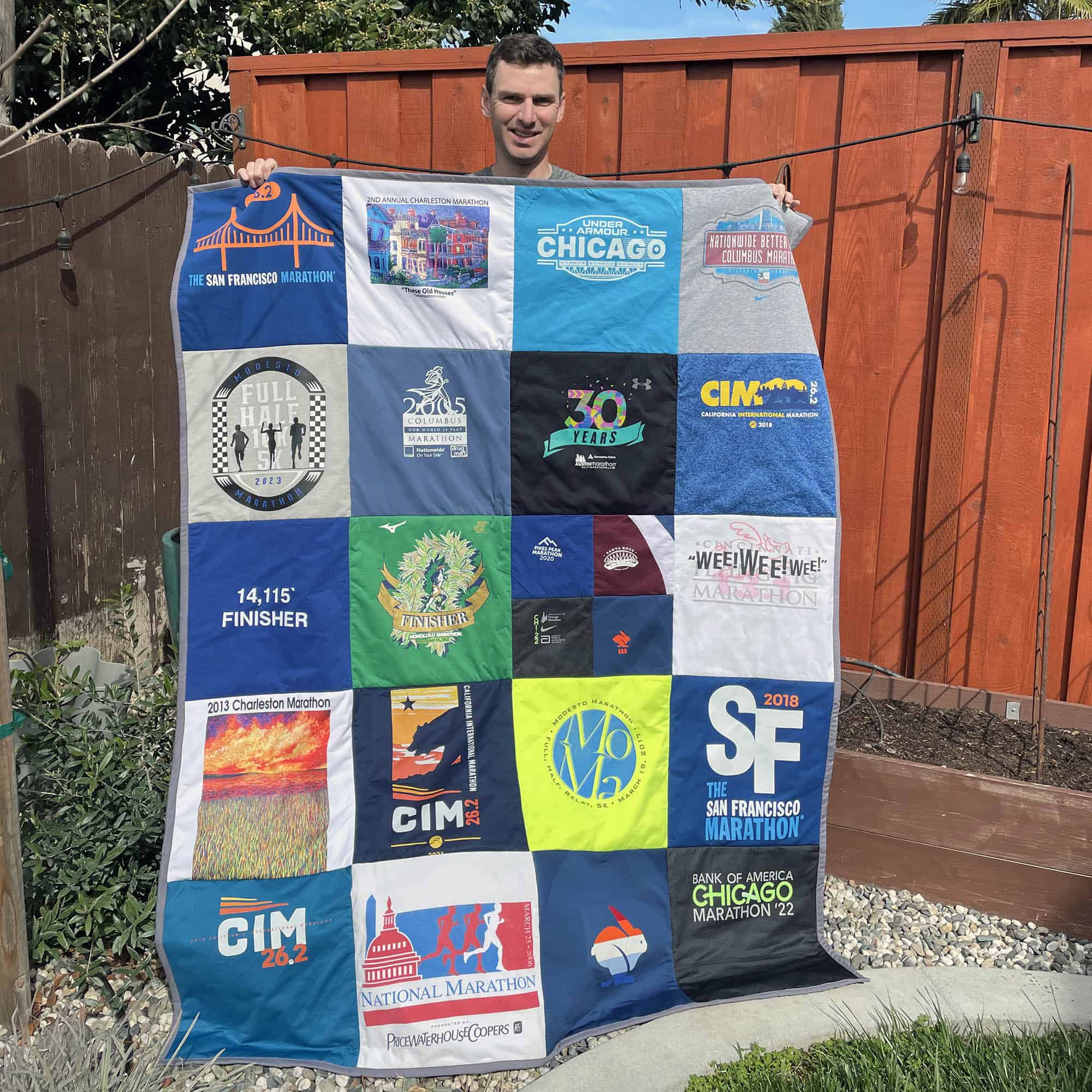- Home
- Running Plans
- Ultramarathon Training Plans
- 100K Ultramarathon Training Plan
100k running plan
100K Ultramarathon Training Plan
Have you signed up to run your first 100K ultramarathon? Have you completed a few 100K races before and now are looking to follow a structured training plan on your way to the next finish line? The 100K is a unique distance, and some of the most popular ultras in the world are set at this distance, such as Ultra-Trail Australia (UTA), Miwok 100K, Bandera 100K, and more! For many ultramarathon runners, the 100K is one more stepping stone on their way to finishing their first 100-miler. If you’ve completed a few 50K or 50-mile races, then you should be adequately prepared for our 100K ultramarathon training plan.

100K Ultramarathon Running Plan at a glance:
The 100K running plan follows the following structure and is available for purchase through Coach Andrew Taylor's Final Surge coaching page.
- Length: 24 weeks
- Typical Week: 5 days of running and 2 days of rest
- Weekly Mileage: 28 to 70 Miles
- Optional Work: Cross-training, Strength Training, Hill Work, Speed or Tempo Work
- Longest Workout: 31 Miles
- PDF: Easily download your running plan as a PDF
- Supplemental Training Materials: Activation Warmup Routine, Dynamic Technique Drills & Flexibility Exercises, Core Strength Routine, and Strength Training for Runners.
- Final Surge: Track your progress using your device, receive daily workout notifications, a drag-and-drop calendar for easy modifications, lifetime access to the plan, and more!
- Cost: $39.99 (purchase here)
What to Expect:
Our 24-week 100K ultramarathon training plan is designed to progressively build your mileage and endurance, helping you cross the finish line successfully. The plan is similar to our 50 Mile Ultramarathon Training Plan but with slightly higher mileage during weeks 14-18. It uses a structured cycle of three weeks of intense training followed by one week of recovery to allow your body and mind to adapt to the stresses of ultramarathon training. This cycle helps reduce the risk of overuse injuries and burnout while preparing you physically and mentally for race day.
While the plan provides a general outline of distances and key training activities, it’s important to consider the unique course profiles of your race—whether it’s hilly, flat, technical, or extreme in weather conditions. Train on terrain and in conditions that closely match what you will face on race day. This personalized approach will ensure you’re well-prepared for the specific challenges your race presents.
For runners seeking extra guidance and accountability, our monthly online run coaching service is the perfect complement to your training. With individualized support tailored to your experience level, goals, and race specifics, you’ll have expert advice at your fingertips to adjust your plan, refine your strategy, and stay motivated throughout your training journey.
Be sure to read our article, “Am I Ready for an Ultramarathon?” for more insight into the adventure you are about to embark on.
How to Get Started?
Get started with our 100K Running Plan by purchasing it for just $39.99 on Final Surge. This plan allows you to track your progress digitally, syncing across devices and receiving daily reminders to keep you on track.
Key Features Include:
- Syncing workouts across devices like Garmin, Strava, Polar, TrainerRoad, and more.
- Completing workouts based on pace or heart rate zones.
- Analyzing workout data and target zone details to track your performance.
- A printable PDF version of the training plan for easy reference.
- Activation Warmup Routine, Dynamic Technique Drills, and Flexibility Exercises to optimize your performance.
- Core Strength and General Strength Training for runners to support your ultramarathon journey.
- An Ultramarathon running guide PDF to ensure you're fully prepared for race day.
Are you ready to take on the 100K ultramarathon challenge? Purchase your training plan today and start your journey to race-day success!
Looking for more training guidance?
If you need more personalized motivation or advice, we offer online run coaching.
Take the next step in your running ability! Receive a running plan that adapts with you and get feedback throughout your training from Coach Andrew Taylor.
100K Ultramarathon Running Plan Preview:
The following is a snapshot of what to expect in your purchased 100K Ultramarathon Training Plan.
| WEEK | DAY 1 | DAY 2 | DAY 3 | DAY 4 | DAY 5 | DAY 6 | DAY 7 | TOTAL |
|---|---|---|---|---|---|---|---|---|
| 1 | Rest | 4 | 7 | 4 | Rest | 12 | 5 | 32 |
| 2 | Rest | 4 | 7 | 4 | Rest | 14 | 5 | 34 |
| 3 | Rest | 4 | 7 | 4 | Rest | 16 | 5 | 36 |
| 4 | Rest | 5 | 3 | 5 | Rest | 12 | 5 | 30 |
| 5 | Rest | 4 | 7 | 5 | Rest | 16 | 5 | 37 |
| 6 | Rest | 4 | 8 | 5 | Rest | 18 | 5 | 40 |
| 7 | Rest | 4 | 10 | 5 | Rest | 18 | 5 | 42 |
| 8 | Rest | 4 | 6 | 4 | Rest | 14 | 5 | 33 |
| 9 | Rest | 4 | 12 | 5 | Rest | 18 | 6 | 45 |
| 10 | Rest | 4 | 12 | 5 | Rest | 12 | 10 | 43 |
| 11 | Rest | 4 | 12 | 5 | Rest | 20 | 5 | 46 |
| 12 | Rest | 4 | 6 | 4 | Rest | 14 | 8 | 36 |
| 13 | Rest | 4 | 12 | 5 | Rest | 22 | 5 | 48 |
| 14 | Rest | 4 | 12 | 6 | Rest | 18 | 10 | 50 |
| 15 | Rest | 4 | 12 | 6 | Rest | 26 | 5 | 53 |
| 16 | Rest | 4 | 8 | 4 | Rest | 14 | 10 | 40 |
| 17 | Rest | 4 | 10 | 4 | Rest | 31 | 6 | 55 |
| 18 | Rest | 4 | 8 | 4 | Rest | 14 | 10 | 40 |
| 19 | Rest | 4 | 10 | 4 | Rest | 35 | 8 | 61 |
| 20 | Rest | 4 | 6 | 4 | Rest | 14 | 6 | 34 |
| 21 | Rest | 4 | 8 | 4 | Rest | 24 | 6 | 46 |
| 22 | Rest | 4 | 8 | 4 | Rest | 18 | 0 | 34 |
| 23 | Rest | 4 | 6 | 4 | Rest | 10 | 4 | 28 |
| 24 | Rest | 4 | 4 | 0 | 2 | 62 | 0 | 70 |







